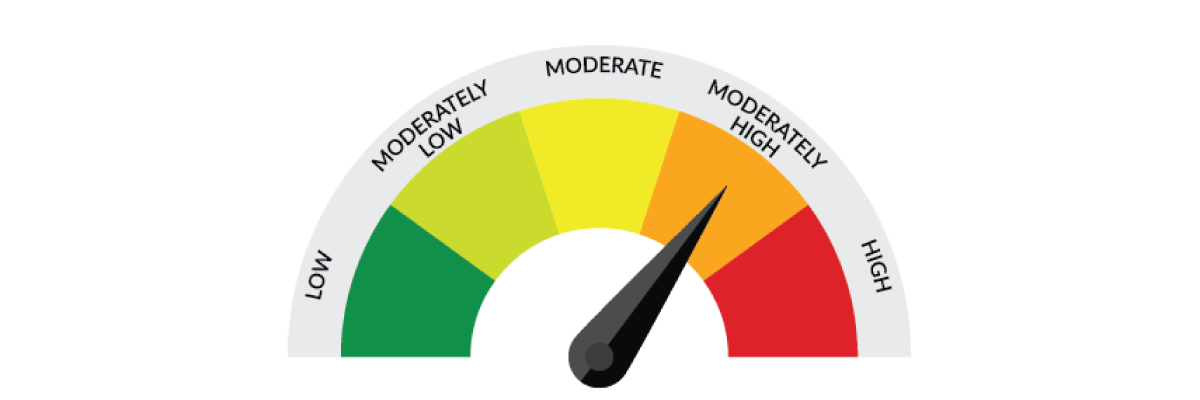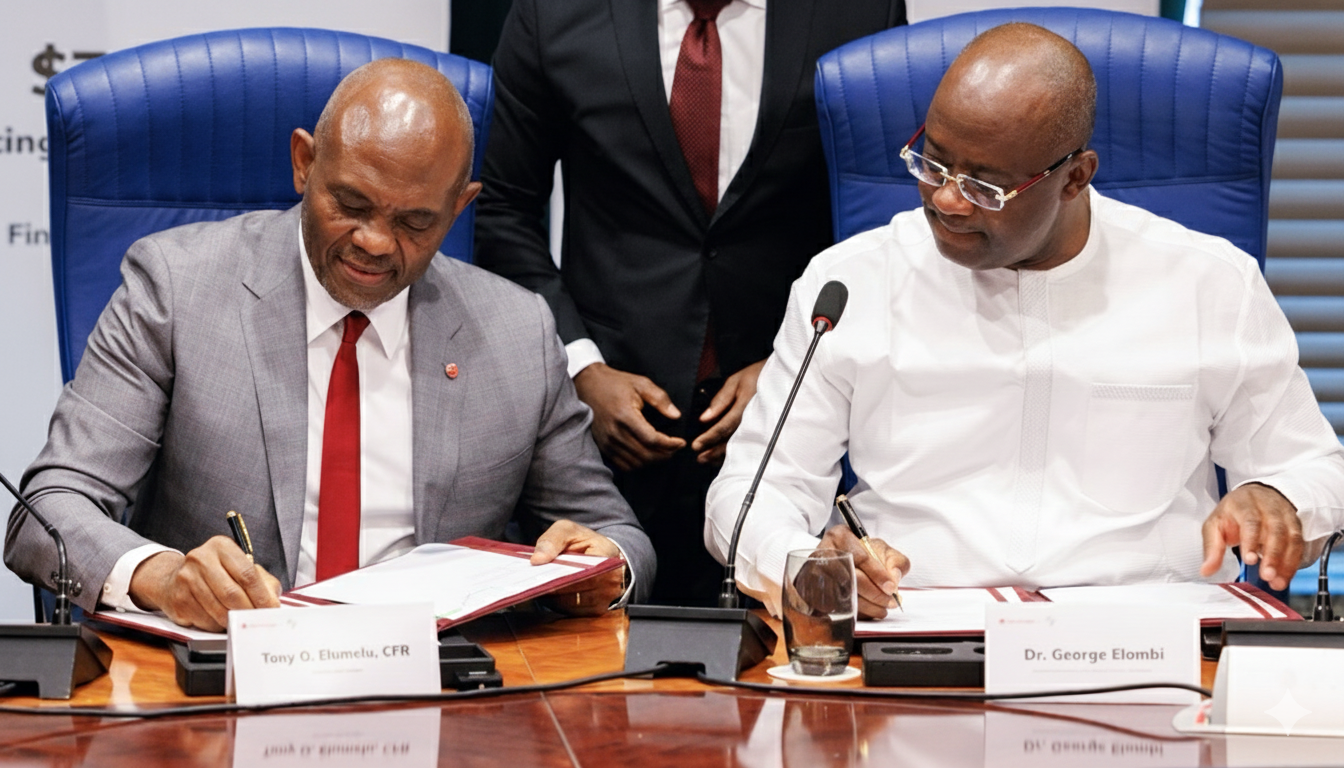Nigeria’s broad money supply (M3) dropped slightly to ₦117.4 trillion in June 2025 from ₦119 trillion in May, marking a 1.27% month‑on‑month contraction and the third consecutive monthly decline this year.
The narrow (M1) and broad (M2) measures fell in parallel, M2 dropped from ₦118.9 trillion to ₦117.4 trillion, and M1 dipped from ₦40.4 trillion to ₦39.9 trillion, underscoring a wider tightening in Nigeria’s liquidity conditions.
Despite the recent monthly contractions, the year‑on‑year increase remains strong: broad money rose 15.81%, from ₦101.4 trillion in June 2024 to ₦117.4 trillion in June 2025.
That contrast between short‑term decline and longer‑term growth paints a nuanced picture of monetary dynamics, balancing growth in total money supply over the year against short‑term tightening momentum.
The drop in total money supply in June was cushioned by a notable shift in net asset composition: net domestic assets rose to ₦76.8 trillion (from ₦73.2 trillion in May), while net foreign assets fell sharply to ₦40.7 trillion, down from ₦45.8 trillion the previous month.
This divergence highlights a delicate balancing act by the Central Bank of Nigeria (CBN) in managing internal liquidity versus external reserves.
The reduction in M1 and M2 signals declining cash availability, due to elevated interest rates, or seasonal liquidity shifts.
These data align with the CBN’s monetary tightening strategy, including a high Monetary Policy Rate (MPR) and aggressive Open Market Operations (OMO). Early results suggest the policy is beginning to temper excess liquidity and manage inflationary pressures.

























